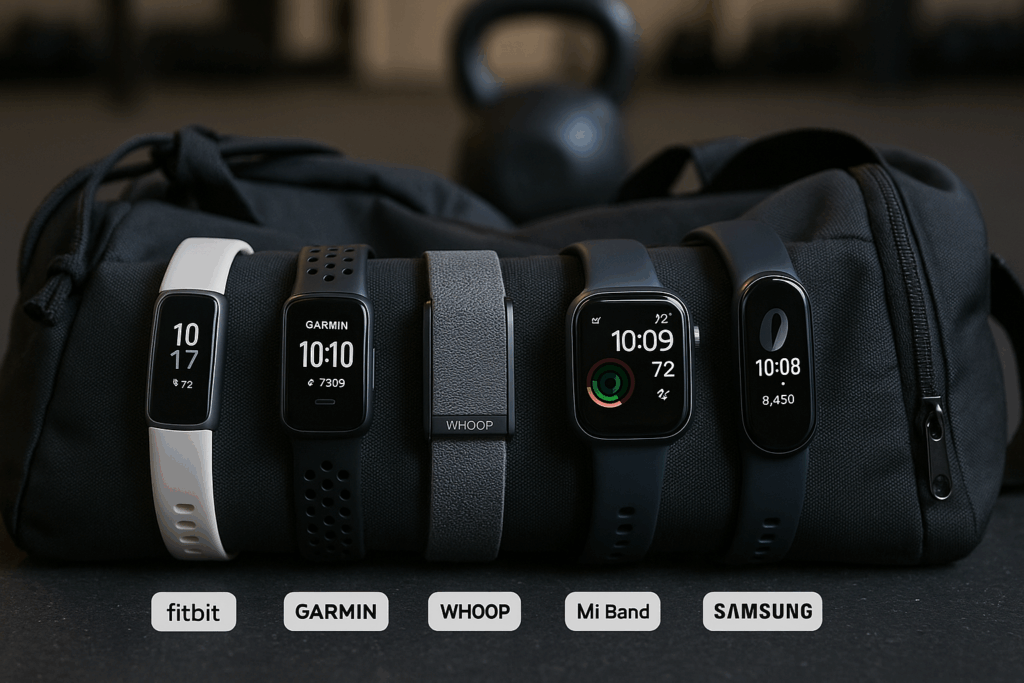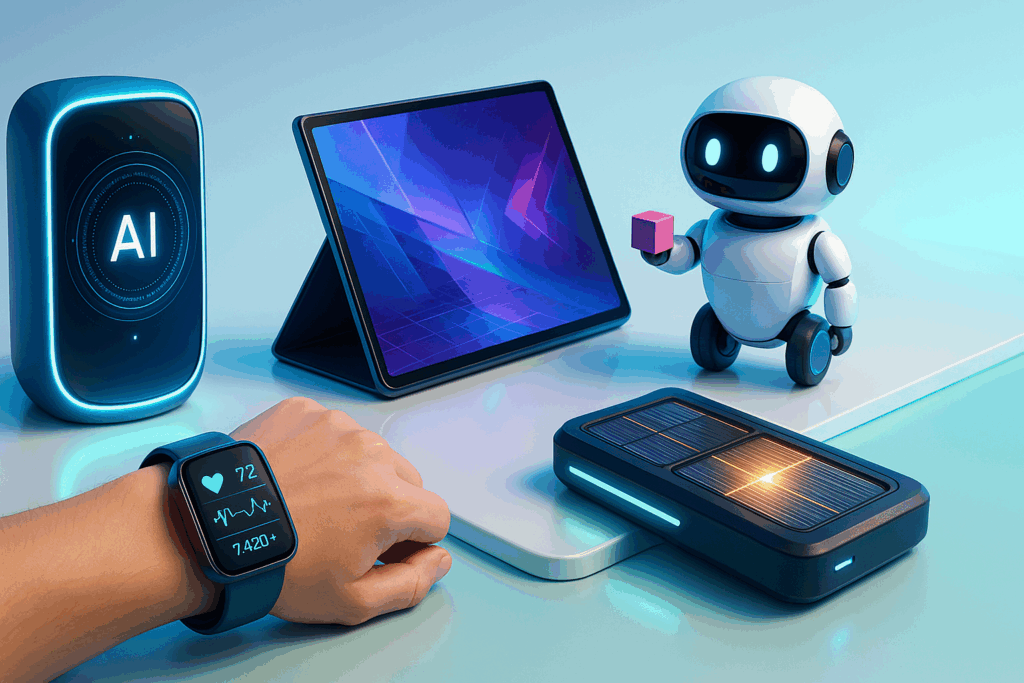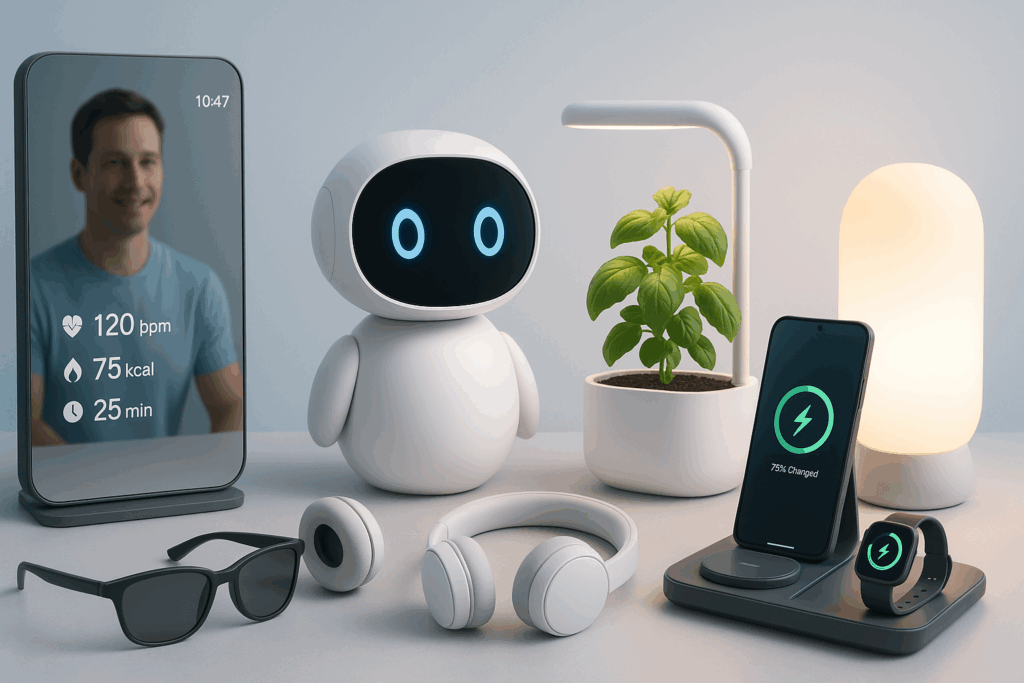If you’ve ever tried to get healthier, you’ve probably wondered if a fitness tracker could help. I’ll admit, I was skeptical at first. Could a little band on my wrist really motivate me to move more or sleep better? Fast forward to 2025, and the best fitness trackers are smarter, sleeker, and honestly, a lot more helpful than I expected. But with so many options out there, picking the best fitness tracker of 2025 can feel overwhelming. Over the past few months, I put the top models to the test-wearing them day and night, tracking workouts, and even comparing sleep scores after some pretty restless nights. Here’s what I found, from the standouts to the surprises.
Fitbit Charge 7: Still the Everyday Favorite
Fitbit’s Charge 7 keeps popping up on “best of” lists, and after wearing it for a few weeks, I get why. The design is slim and comfortable, the screen is bright, and the battery lasts almost a week. I liked how it tracked my steps, heart rate, and sleep automatically-no fiddling with buttons or menus.
The new “Stress Management” feature was surprisingly useful. On a tough day, it nudged me to take a breather, and I actually did. The app is still one of the best for visualizing your health data, and the reminders to move are just enough to keep you honest without being annoying. Downsides? The GPS isn’t as accurate as a dedicated running watch, but for most people, that’s not a dealbreaker.
Garmin Vivosmart 6: For Data Lovers and Runners
Garmin’s Vivosmart 6 is the best fitness tracker of 2025 for anyone who loves digging into the details. The heart rate and SpO2 sensors are accurate, and the new “Body Battery” feature shows how well you’re recovering between workouts. I found myself checking it before deciding on a run or a rest day.
The running and cycling tracking is top-notch, and the built-in GPS is a step up from most bands. The battery lasted me six days, even with daily workouts. The only thing I didn’t love was the interface-it’s not as simple as Fitbit’s, but if you like data, it’s worth the learning curve.
Whoop 5.0: For Serious Athletes
Whoop isn’t your typical fitness tracker. There’s no screen, and you pay a monthly subscription, but it’s all about deep insights. I wore the Whoop 5.0 for a month and was impressed by the recovery and strain tracking. It told me when to push hard and when to take it easy-sometimes contradicting what I thought I needed.
The sleep tracking is detailed, and the app gives you actionable advice. It’s not cheap, and the lack of a screen means you need your phone for stats, but if you’re training for something big, it’s the best fitness tracker of 2025 for serious performance.
Xiaomi Mi Band 8 Pro: Best Budget Pick
If you want something affordable that still covers the basics, the Xiaomi Mi Band 8 Pro is hard to beat. It tracks steps, sleep, heart rate, and even blood oxygen. The color screen is bright, and the battery lasts over a week.
It’s not as polished as Fitbit or Garmin, and the app has a few translation quirks, but for the price, it’s surprisingly capable. I’d recommend it for students, casual users, or anyone who just wants to see if a fitness tracker fits their lifestyle.
Apple Watch SE (2025): Best for iPhone Users
If you’re already in the Apple ecosystem, the Apple Watch SE is the best fitness tracker of 2025 for you. It tracks all the basics-steps, heart rate, workouts-and adds features like ECG, fall detection, and integration with Apple Health.
I liked how seamlessly it worked with my iPhone, sending gentle reminders and letting me reply to texts from my wrist. Battery life is about two days, so not as long as some bands, but the extra features make up for it.
Samsung Galaxy Fit 3: Best for Android Fans
Samsung’s Galaxy Fit 3 is a solid choice for Android users. The display is crisp, the fitness tracking is accurate, and the battery lasts nearly a week. It tracks sleep, heart rate, and even stress, and the guided breathing exercises were a nice touch.
The companion app is clean and easy to use, and syncing with Samsung Health is seamless. It’s a bit chunkier than the Mi Band, but still comfortable for all-day wear.
What Actually Matters in a Fitness Tracker?
After months of wearing these devices, a few things stood out:
- Comfort: If it’s not comfortable, you’ll stop wearing it. Simple as that.
- Battery life: Charging every day is a pain. The best trackers last at least five days.
- App experience: A good app makes it easy to understand your data and stay motivated.
- Accuracy: All the bells and whistles don’t matter if the basics-steps, heart rate, sleep-aren’t reliable.
- Motivation: Reminders, badges, and friendly nudges really do help you move more.
Free vs. Paid Features
Most trackers offer basic stats for free, but advanced sleep analysis, guided workouts, or deep health insights often require a subscription. I found the free features were enough for casual users, but if you’re training for a race or want to optimize recovery, paying for premium might be worth it.
The Little Things: Waterproofing, Display, and More
Small details make a difference. I appreciated trackers that were waterproof (for swimming or just showering), had bright displays for outdoor runs, and offered customizable watch faces. Some even let you control music or check notifications, which was surprisingly handy.
What’s Next for Fitness Trackers?
Looking ahead, I expect even more health sensors-like blood sugar or hydration-and smarter AI-driven coaching. Some trackers are already experimenting with mood tracking and stress alerts. The line between fitness tracker and smartwatch is getting blurrier, but for pure health and activity tracking, dedicated bands still shine.
Final Thoughts: Which Should You Choose?
If you want the best all-around experience, Fitbit Charge 7 is a safe bet. For runners and data fans, Garmin Vivosmart 6 stands out. Serious athletes should check out Whoop, while budget shoppers will love the Mi Band 8 Pro. Apple and Samsung have the edge if you want smart features with your fitness tracking.
The best fitness tracker of 2025 is the one you’ll actually wear every day. Try a few, see what feels right, and don’t be afraid to switch if your needs change. Sometimes, that little nudge on your wrist really does make a difference.


